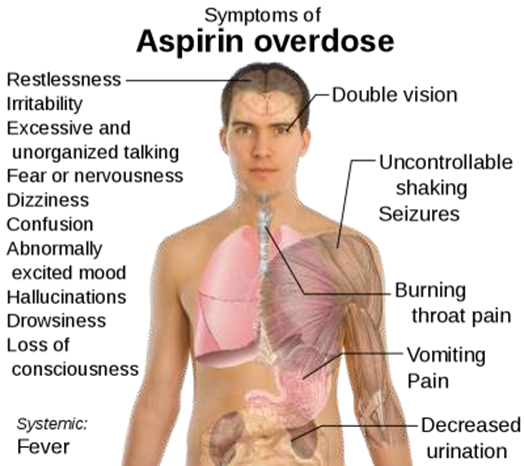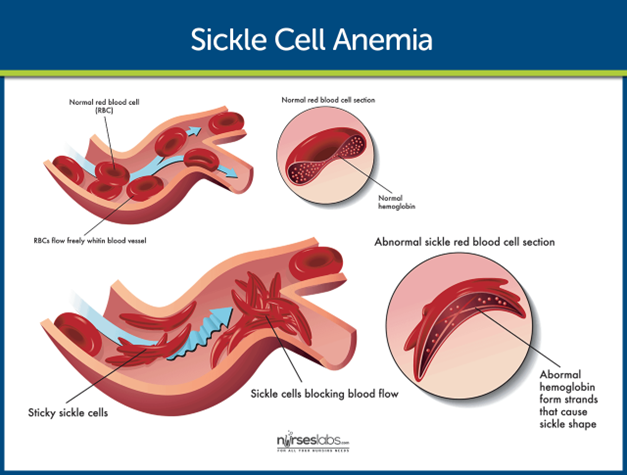A nurse in an emergency department is caring for a preschool-age child who has acute acetylsalicylic acid poisoning.
Which of the following should the nurse expect?
Hyperpyrexia.
Polyuria.
Neck vein distention.
Jaundice.
The Correct Answer is A

When a child ingests a toxic dose of acetylsalicylic acid, it can lead to salicylate toxicity, which can cause hyperpyrexia (high fever), among other symptoms such as vomiting, tinnitus, confusion, and dehydration. Hyperpyrexia is a serious complication that can lead to neurological damage and is a medical emergency that requires prompt intervention.
The nurse should monitor the child's temperature and administer antipyretic medications as necessary to reduce the fever.
Choice B is wrong because Polyuria, is not a common symptom of acute acetylsalicylic acid poisoning.
Salicylate toxicity can cause dehydration due to vomiting, which can lead to decreased urine output.
Choice C is wrong because Neck vein distention, is not typically associated with acetylsalicylic acid poisoning.
Neck vein distention is commonly seen in patients with heart failure, tension pneumothorax, or cardiac tamponade.
Choice D is wrong because Jaundice, is not a common symptom of acetylsalicylic acid poisoning. Jaundice is usually seen in liver diseases or hemolytic anemias.
Nursing Test Bank
Naxlex Comprehensive Predictor Exams
Related Questions
Correct Answer is B
Explanation
Encourage physical activity as tolerated.

Children with sickle cell disease may need occasional rests from classroom activities but should be encouraged to participate in physical activity as tolerated.
Choice A is wrong because cold compresses are not recommended for pain management in sickle cell disease.
Choice C is wrong because there is no need for a child with sickle cell disease to wear a surgical mask to school.
Choice D is wrong because it is important for children with sickle cell disease to drink water throughout the day to avoid dehydration 1.
Correct Answer is C
Explanation
People with lactose intolerance can replace milk and dairy products with nondairy sources of calcium such as calcium-fortified products, fish with soft bones, broccoli and leafy green vegetables, oranges, almonds, Brazil nuts, and dried beans.
Choice A is wrong because “You can drink milk on an empty stomach” is not an answer because it may worsen symptoms of lactose intolerance.
Choice B is wrong because “You might tolerate plain milk better than chocolate milk” is not an answer because both plain and chocolate milk contain lactose.
Choice D is wrong because “You should consume flavored yogurt instead of plain yogurt” is not an answer because both flavored and plain yogurt contain lactose.
Whether you are a student looking to ace your exams or a practicing nurse seeking to enhance your expertise , our nursing education contents will empower you with the confidence and competence to make a difference in the lives of patients and become a respected leader in the healthcare field.
Visit Naxlex, invest in your future and unlock endless possibilities with our unparalleled nursing education contents today
Report Wrong Answer on the Current Question
Do you disagree with the answer? If yes, what is your expected answer? Explain.
Kindly be descriptive with the issue you are facing.
